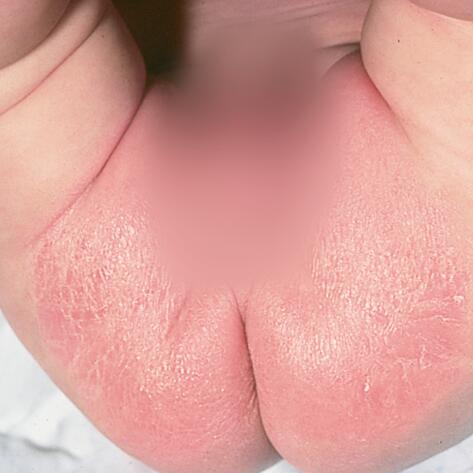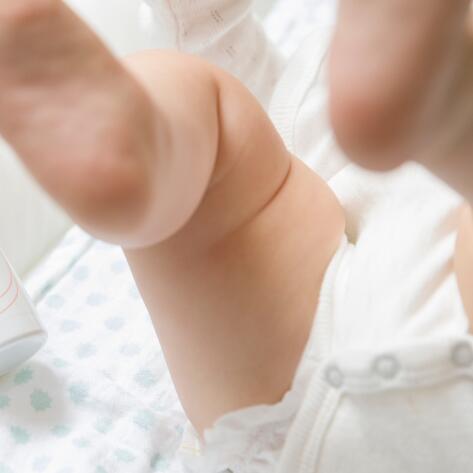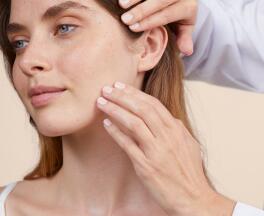Preventing and treating nappy rash

What exactly is nappy rash?
Nappy rash is a skin rash on your baby's bottom that usually occurs during the first year.
As you know, the skin acts as a protective barrier against external aggressors. But your baby's skin is still very thin and fragile (and so soft, above all else!). However, your baby’s bottom is exposed day and night to moisture, heat and rubbing from nappies. It’s also expose to the acidity of stool and urine, and sometimes to products that are not well tolerated. The result is that sometimes the skin becomes inflamed. But don't worry - you can quickly get rid of it with the right care.
In babies, the skin barrier is far from being a complete barrier. Therefore, you need to be very careful. If after a few days the nappy rash has not subsided or if you have any doubts about a possible secondary infection, be sure to seek medical advice.
How is nappy rash treated?
How can you recognise nappy rash? Nappy rash appears as dry or oozing redness, patches, or small pimples on the buttocks, thighs and genitals. The area may also feel warm to the touch. As you can imagine, it hurts and your baby may be upset and grumpy. If you take the right steps, the symptoms usually disappear within a few days. Shall we get started?
Taking care of baby's bottom: instructions for use
- Wash the buttocks with a mild physiological pH product and dry thoroughly.
- Spray with thermal spring water to increase the soothing action.
- Apply a soothing and repairing cream. In the event of oozing blotchy skin rash, opt for a drying formula.
- Ventilate! Leave as much of your baby’s buttocks as possible in the open air. Your baby will love it!

How do you apply the cream?
Let's hear some technical advice!
A nappy rash may be benign, but it is still a skin lesion. To avoid any risk of infection, it is therefore essential to wash your hands well before changing and applying the cream. If you're the type of person who's always on the go and changing your baby on the corner of a bench or in the back seat of your car, consider using hydro-alcohol gel.
Your baby is in pain and you don't want to add to that. So treat their little bottom delicately! Apply the cream to clean skin and massage it in with circular movements.
FRIENDLY, EXPERT ADVICE
What about an approach of "prevention over cure"?
How do you prevent nappy rash? It’s certainly true that if you could do without it (and avoid a few disturbed nights!), it would be better for you and your baby.
- Buy the right size nappies and don't do them up them too tightly, so that air can circulate.
- Change the nappy as often as possible to avoid maceration.
- Clean the buttocks every nappy change with a very mild, soap-free product (from front to back for girls). Dry the buttocks and folds well by patting them dry.
- As a preventive measure, apply a protective cream after each nappy change.
OUR SOLUTIONS TO REPAIR YOUR SKIN
The essentials for repairing, soothing and purifying sensitive, irritated skin for the whole family.
- Cicalfate+ Repairing Protective Cream
Cicalfate
Cicalfate+ Repairing Protective CreamSoothes - Repairs - Purifies1 opinions
NEWSLETTER
We're always here for your skin!
All our tips on how to take care of your skin every day.

Which skin care routine should you adopt?
Identify what it really needs with the help of our experts and discover the most suitable skin care routine for you.

